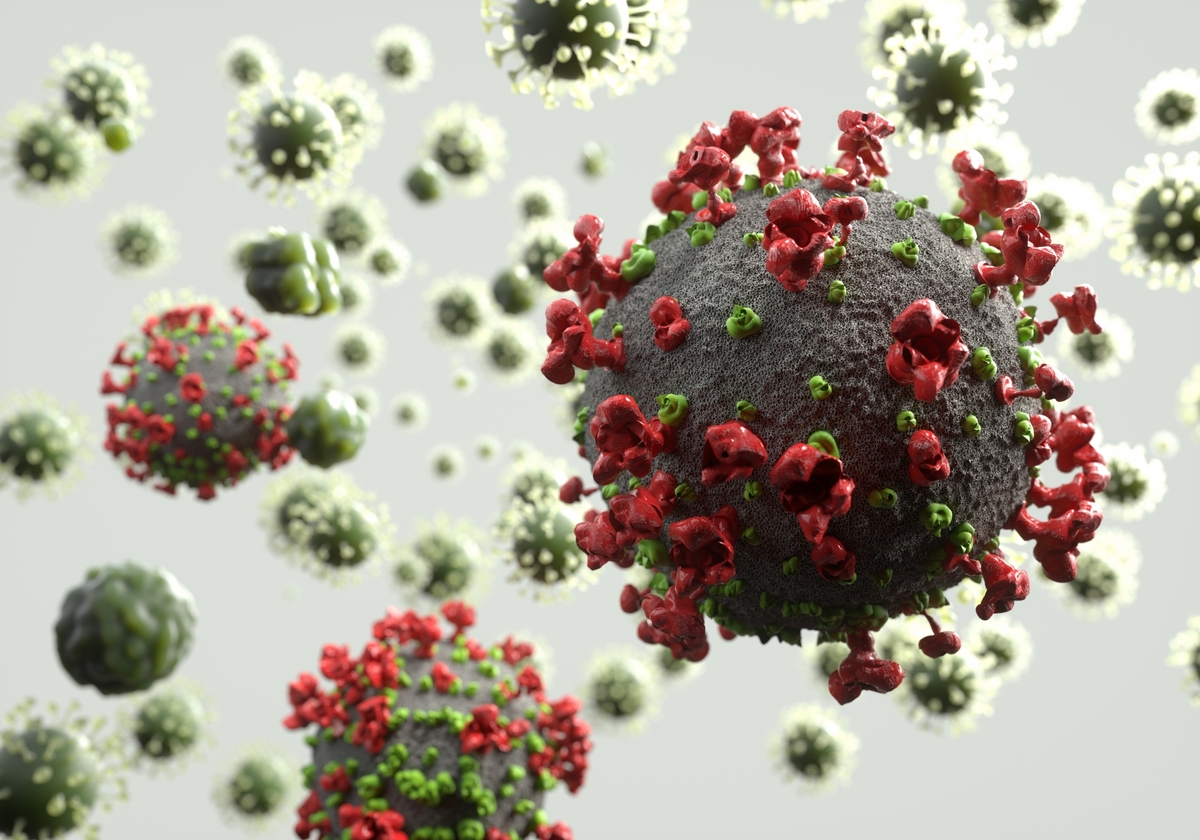About Complications of Shingles: Focusing on Postherpetic Neuralgia
Shingles comes with various risks of complications depending on the severity and manifestation of its symptoms. Among these, postherpetic neuralgia (PHN) requires particular attention.
What is Postherpetic Neuralgia?
Postherpetic neuralgia (PHN) is nerve pain that continues for more than three months after the skin symptoms of shingles have healed. The main factors contributing to the development of PHN include:
- Severe skin symptoms
- Intense pain
- Being over 50 years old (especially in the elderly)
Examples of symptoms:
- “Burning” pain
- A “constricting” sensation
- “Electric shock-like” pain
- Frequent “stabbing” pain
Additionally, allodynia is reported, which is pain from light stimuli. This can cause discomfort from everyday activities such as the friction of clothing or washing the face.
Other Complications of Shingles
Depending on the location and circumstances of the outbreak, the following complications can occur:
- Keratitis, conjunctivitis, and uveitis
When shingles appear around the nose and on the face or head, the risk of these eye conditions increases. - Ramsay Hunt Syndrome
When shingles affect the ear, it can cause facial nerve paralysis. Symptoms may include tinnitus, hearing loss, and vertigo.
Early detection and appropriate treatment are necessary to reduce the risk of shingles and its complications.
Shingles Treatment Methods
Treatment with Antiviral Medications
The primary treatment for shingles involves the use of antiviral medications. These drugs inhibit the synthesis of viral genes and suppress viral replication.
Treatment based on symptoms:
- Mild to moderate symptoms: Oral antiviral medications
- Severe symptoms or reduced immune function: Intravenous therapy may be necessary
Pain Management
Apart from treating shingles itself, managing the pain is often necessary. Pain management primarily involves the use of painkillers. For severe pain, nerve blocks or laser treatments at a pain clinic may be considered.
Preventive Measures for Shingles
There are two main methods for preventing shingles:
Revising Lifestyle Habits
- A healthy diet
- Adequate sleep
Vaccination
Vaccination is recommended as a preventive measure against shingles, especially for people over 50. The types of vaccines include:
- Live vaccine: One subcutaneous injection
- Inactivated vaccine: Two intramuscular injections, spaced two months apart
It is recommended to have at least a 14-day interval between the COVID-19 vaccine or influenza vaccine and the shingles vaccine. Also, some local governments provide financial support for vaccination costs, so it’s worth checking.
By not overlooking the early symptoms of shingles and responding promptly, it is possible to reduce the severity of symptoms and the risk of complications. It is also important to maintain lifestyle habits that enhance immune function in everyday life.
Shingles, a disease triggered by decreased immunity or stress, can lead to severe complications, particularly postherpetic neuralgia, which is difficult to treat and can significantly affect daily life. Antiviral medications are primarily used to treat shingles, while pain relief may involve painkillers or nerve blocks. Preventive measures include revising lifestyle habits and vaccination.




